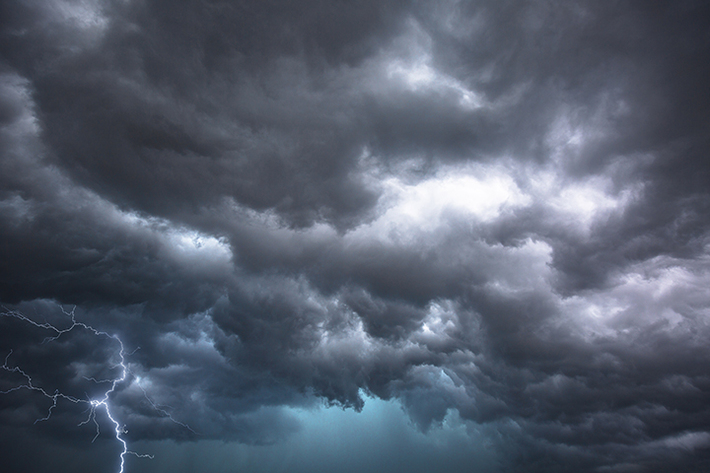
Predictive analytics tools are a key asset in detecting natural disasters. With higher accuracy than other weather detection sensors, they can detect early signs of an oncoming calamity to prevent mistakes like the one that happened in 2016.
On 28th September 2016, weather sensors picked up a storm moving westward of the Lesser Antilles island chain. The storm was a category one threat, which was concerning but manageable.
Within 24 hours, the threat level increased from category one to category five, turning a storm into a hurricane.
The hurricane, known as Hurricane Matthew, would go on to inflict immense damage across the Caribbean and the southeastern United States, making its final landfall on October 8th in South Carolina, leaving untold damage in its wake. (The name Matthew would eventually be retired because of the damage incurred).
The National Center for Environmental Information (NCEI) estimated that over $10.3 billion were lost in property damage. While the World Vision assessment team estimated that southwestern Haiti lost over 80-90% of its housing, the damage done to staple food crops would take (at the time) five years to recover from. The devastation inflicted by the hurricane was immense.
However, what is particularly worrying for local and national governments is the growing number of natural disasters.
Research shows that the number of natural disasters is growingStatistica indicates that the number of natural disasters that took place in 2020 was 416, while there were 411 natural disasters in 2016 (the year Hurricane Matthew devastated Haiti and much of the Caribbean).
More concerning than this number, is the frequency of natural disasters. Over 207 disasters were recorded from across the world, in the first six months of 2020 alone.
These disasters are incredibly costly (global costs are estimated at $71 billion), and as Hurricane Matthew shows, can be difficult to predict.
Amidst such a turbulent environment, what local and national governments need are tools that could help them better anticipate these devastating events.
The ability to anticipate natural disasters will give them the ability to plan emergency responses and procedures that could mitigate the damage from these events.
This is where predictive analytics tools play a crucial role.
Predictive data tools can refine the so meteorologists can make more accurate predictions when a natural weather phenomenon turns into a disaster.
The science behind predictive analytics tools and natural disasters
The secret is in big data. Previous natural disasters have generated plenty of information, like rainfall, wind levels, and weather patterns, that can be extracted.
Predictive analytics software tools can collect, clean, and analyse this data to gain useful insights into natural disasters. This allows weather departments to better detect the early warning signs in any weather phenomenon, so they will know if a category one rainfall will turn into a category five storm.
Machine learning algorithms within the analytics platform can collect and analyse the data. The more data it is fed, the deeper the level of understanding the system builds, on the difference between natural disasters and normal weather.
When a normal weather phenomenon occurs, data analytics platforms can study the weather patterns and compare them against data on previous natural disasters. If current weather patterns match previous data findings, it is a sign that a disaster is impending.
This is invaluable because meteorologists can use predictive analytics tools to refine the process of detecting natural disasters. They can detect the early warning signs a lot sooner, allowing them to make accurate calls on time, preventing errors similar to what happened with Hurricane Matthews.
Analytics tools can improve weather detection in other areas, for example, refining early warning systems for better accuracy.
Better natural disaster practices benefit other areas related to disaster management, like emergency response and disaster relief. Local and national governments can improve relief measures and response protocols because they will know what constitutes an emergency and what doesn’t.
Preparing for the future with analytics platforms
Research shows a disturbing trend where natural disasters are growing in frequency due to climate change. While local and national governments cannot undo the causes behind this development overnight, they can improve their response procedures and disaster relief measures to mitigate the damage from these disasters.
Predictive analytics tools can help in this goal by improving detection methods as analytics platforms pull from previous data sources to improve the detection process and remove uncertainties that could compromise accuracy in natural disaster detection.
